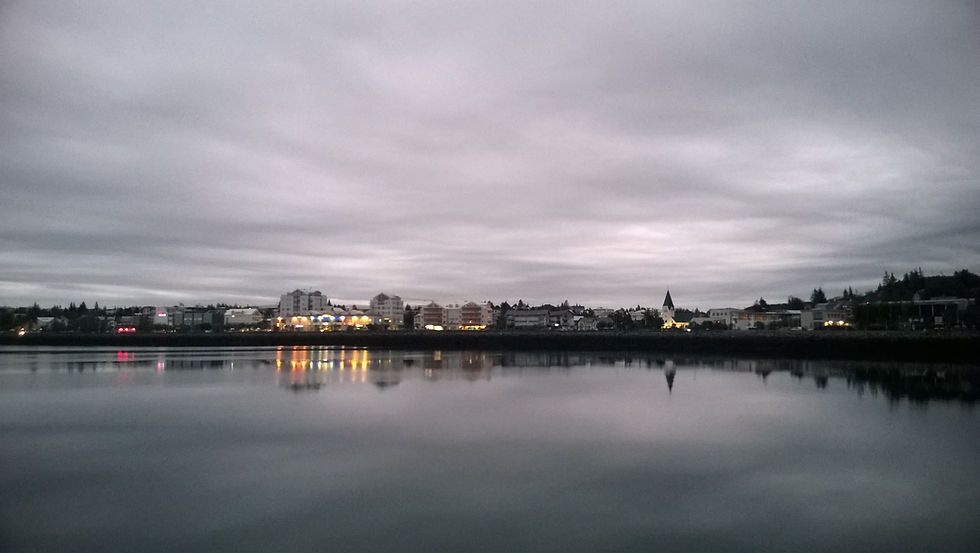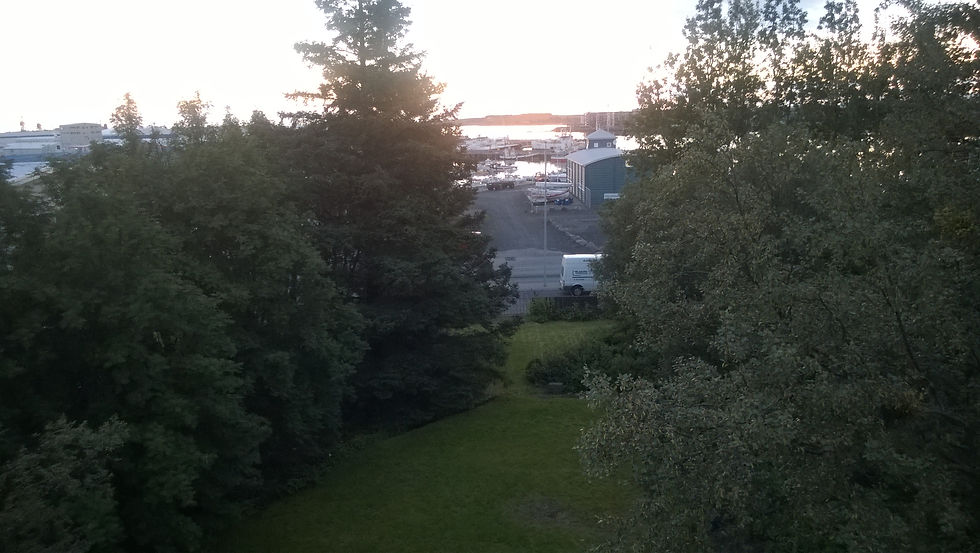An Introduction
- Rannveig Guðleifsdóttir
- Oct 8, 2019
- 3 min read
Updated: Feb 24, 2023

The Icelandic climate is quite unique. As Iceland is situated in the middle of the N-Atlantic, the climate is a cool maritime climate, with mild winters and cool summers. When it comes to gardening, this poses a problem in finding suitable garden plants, that can thrive in the Icelandic climate. As most foreign hardiness ratings are based on the minimum winter temperature, they are not applicable in Iceland. According to the USDA hardiness ratings, Iceland is in zone 7, but the summer temperatures are closer to zone 2. The short, cool summers, where temperatures rarely reach 20°C (68°F), are the limiting factor, as many plants need a longer growing season to prepare for the winter, which is very long in Iceland - close to 9 months.
Because of the unforgiving climate, there isn't a long tradition of gardening in Iceland. For centuries it was an accepted truth that not much apart from potatoes could be grown here. It took a Danish doctor, by the name of Schierbeck, who moved to Iceland in 1882, to question this belief and test it. He was an avid gardener and the first person to systematically test a great number of plants in order to determine which could grow in the Icelandic climate. This work laid the foundation for the cultivation of garden plants in Iceland. His main focus was on vegetables, as he thought it was important for the health of the nation to be able to grow a wider selection of vegetables. His garden quickly caught the attention of the locals who wondered at the doctor's success in growing all kinds of plants in this inhospitable climate. What made all the difference was his realization of how important it was to provide shelter from the ever present wind, which he did by raising windbreaks around the entire garden.
The growing conditions have improved dramatically in the past 30 years here in the Reykjavík area, as trees planted in private gardens have grown, providing increasing shelter from the wind. Therefore a greater variety of plants can be grown here than in other areas of the country, lacking trees for shelter.
I've had a passion for gardening since I was a small child. Both my grandparents had beautiful flower gardens which I loved to visit. Since I've had a garden of my own, I've been an avid plant collector and intrigued to test new plants to see whether they will grow here.
I live in the small town of Hafnarfjörður, about 20 minutes from Reykjavík, the capital of Iceland. I say small town, on a global scale it's tiny, but it is the third largest town in Iceland. My garden is a little over a thousand sq. meters, which is a large garden by Icelandic standards, but I always seem to run out of room very quickly. It overlooks the harbor in Hafnarfjörður, facing northwest.
I moved to the house situated in this garden in 2013 and moved a large chunk of my plant collection with me. At that time it had not been tended to at all for a number of years. Turning it into a flower garden has been a lot of work and there is still quite a bit of work left to do. But with my plant collecting obsession it is filling up at an alarming rate! As it's clear that my garden won't fit all the plants that have a potential of growing here, the plants featured on this website won't be exclusively from my garden. The Icelandic version of this website (www.gardaflora.is) is dedicated to getting other gardeners involved in sharing their experiences of gardening in Iceland and what plants can be successfully grown here.






Comments